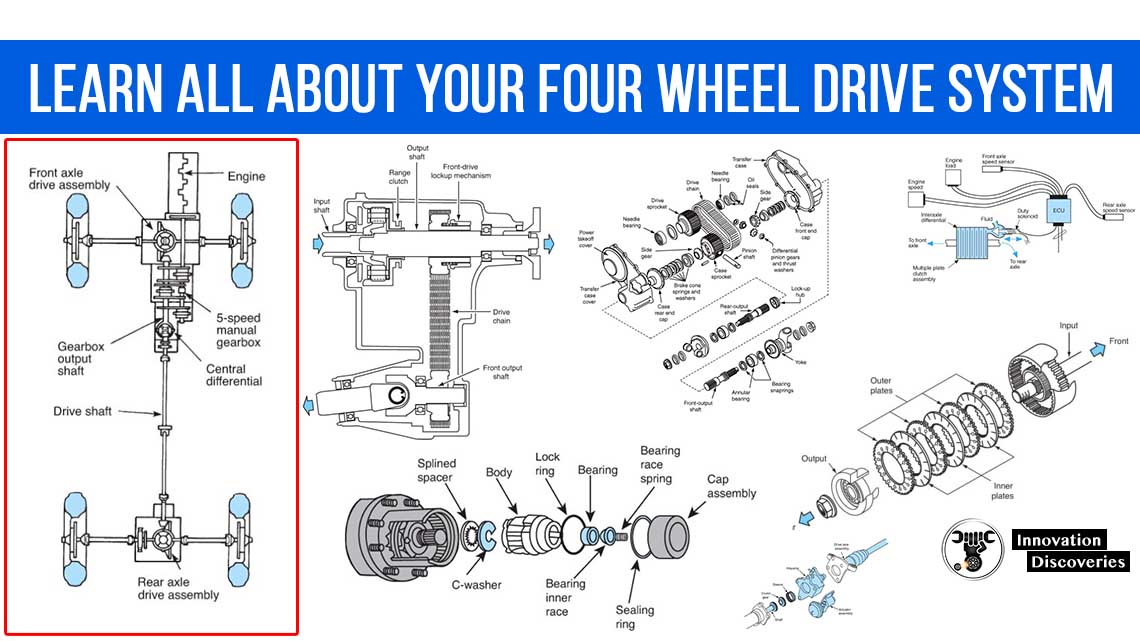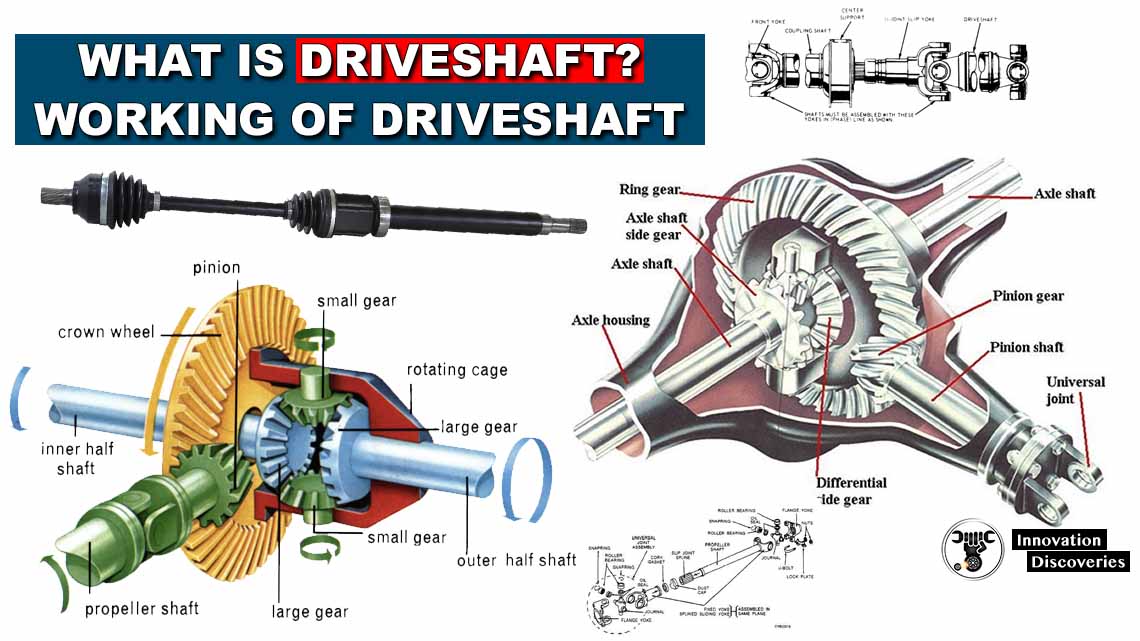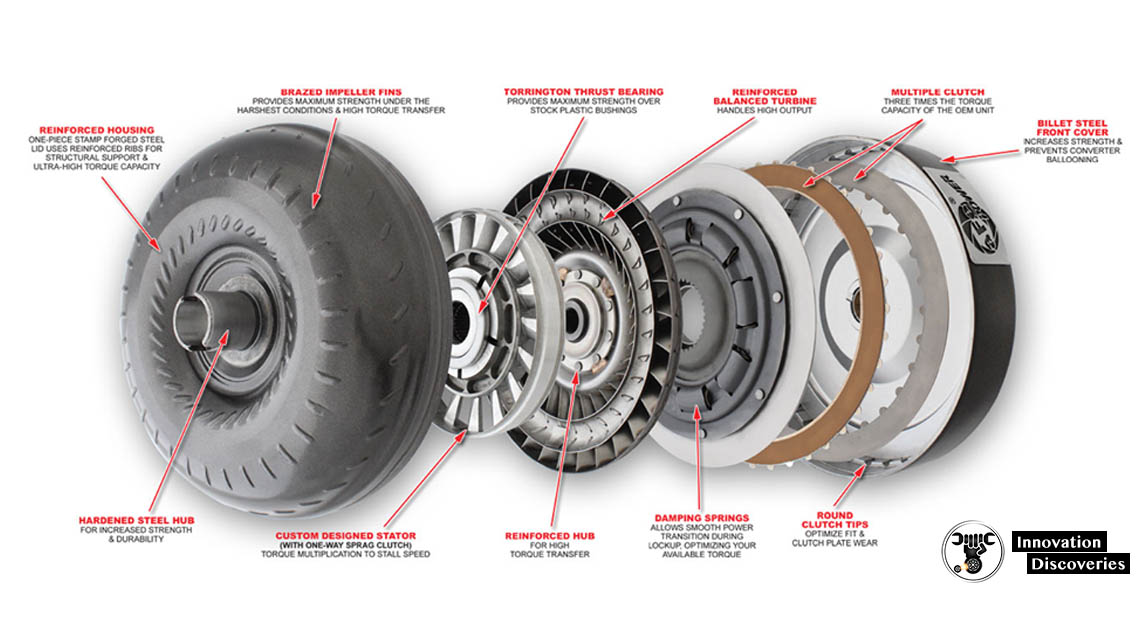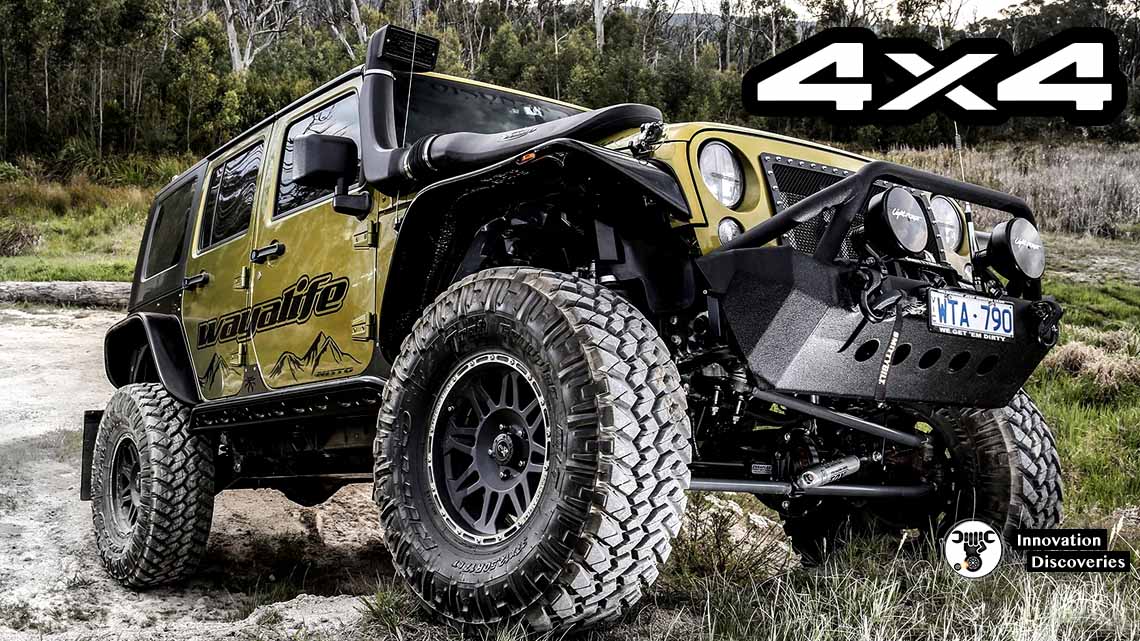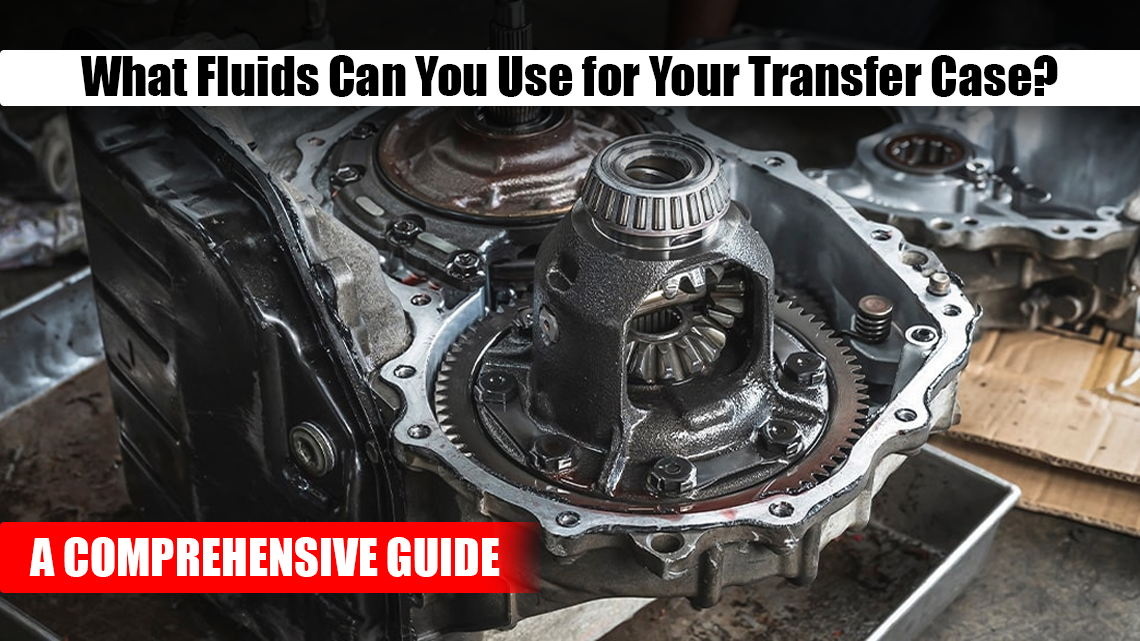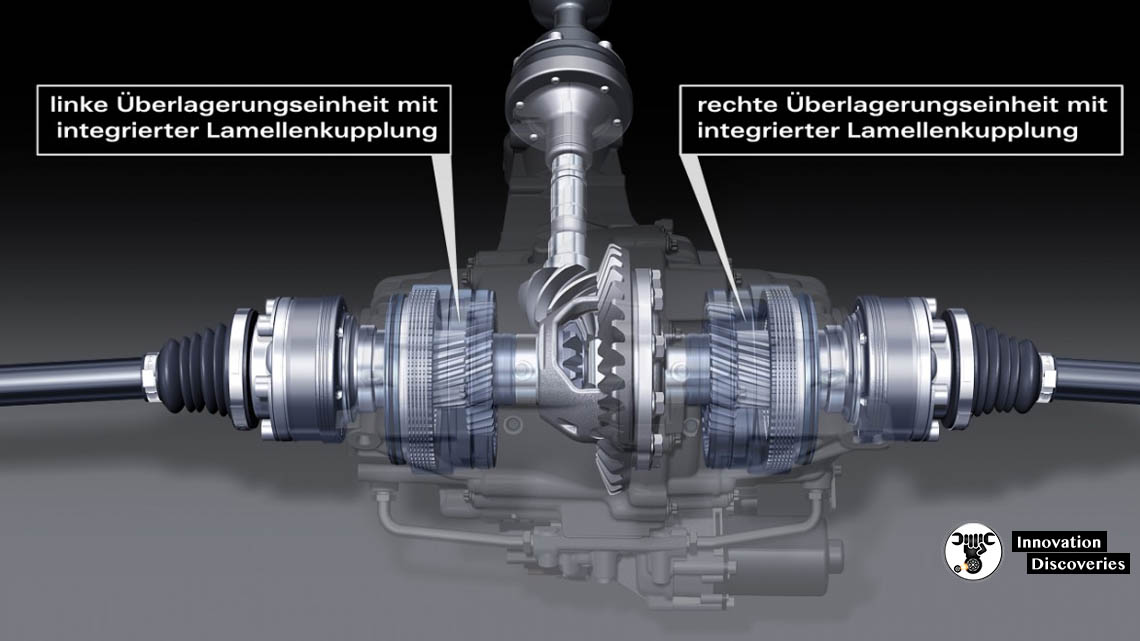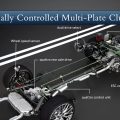
When shopping for a vehicle—especially SUVs or off-road capable machines—you’ve likely come across the terms All-Wheel Drive (AWD) and Four-Wheel Drive (4WD or 4×4). While they may seem interchangeable at first glance, the technologies behind them are quite different, each designed with specific purposes in mind. As a technician or enthusiast, knowing these differences isn’t just interesting—it’s essential.
Let’s break it down.
What Is All-Wheel Drive (AWD)?
AWD is a drivetrain system that powers all four wheels of a vehicle all the time. It automatically distributes torque between the front and rear axles, and sometimes even between individual wheels, depending on traction needs.
There are two main types:
- Full-Time AWD: All four wheels receive power continuously.
- Part-Time or On-Demand AWD: Operates primarily in front- or rear-wheel drive mode, sending power to the other axle when slip is detected.
How it works: AWD systems rely on a center differential or an electronically controlled clutch to manage torque split. Most systems are software-controlled, using input from wheel-speed sensors, throttle position, and steering angle to adjust torque delivery dynamically.
Best for: Everyday driving, rain, light snow, or mildly rough terrain. Commonly found in crossovers and sedans.
What Is Four-Wheel Drive (4WD)?
4WD is a drivetrain system that can send power to all four wheels manually or automatically, but it’s designed primarily for serious off-road use.
There are typically two sub-types:
- Part-Time 4WD: Driver manually engages 4WD when needed (often with a lever or switch).
- Full-Time 4WD: Power is sent to all wheels continuously, but the system includes a selectable low-range gear for off-road situations.
How it works: 4WD systems use a transfer case with selectable gear ranges (high and low) to distribute torque evenly between the front and rear axles. Low-range gearing allows for crawling over rocks, deep mud, or steep inclines.
Best for: Off-roading, heavy towing, snow-covered trails, and rugged environments. Typically found in trucks and off-road SUVs.
AWD vs. 4WD: Key Differences Table
| Feature | AWD | 4WD |
|---|---|---|
| Activation | Automatic | Manual or selectable |
| Intended Use | On-road, light off-road | Serious off-road, towing |
| Traction Control | Electronic with sensors | Mechanical, sometimes electronic |
| Low-Range Gear | No | Yes |
| Vehicle Type | Crossovers, sedans | Trucks, SUVs |
| Fuel Efficiency | Generally better | Typically lower |
Which One Should You Choose?
- Choose AWD if you want improved on-road traction with no driver input—great for slippery roads, urban driving, and bad weather.
- Choose 4WD if you frequently encounter unpaved roads, do off-roading, or need rugged durability for work and towing.
Modern AWD systems are becoming more sophisticated with torque vectoring and terrain response modes, closing the gap with traditional 4WD. However, for rock-crawling or deep mud, a 4WD system with low-range gearing still reigns supreme.
💡 Final Thoughts
Both systems enhance traction and vehicle control, but they serve different roles. Understanding their mechanics helps you make better choices—whether you’re buying, modifying, or repairing a vehicle. For a tech-savvy driver or auto technician, knowing the ins and outs of AWD and 4WD isn’t just knowledge—it’s power.
Got questions or personal experiences with AWD or 4WD? Drop them in the comments below or share this with a fellow gearhead!
Discover More:
TORQUE CONVERTER: FUNCTIONS, PARTS, WORKING PRINCIPLES, AND TYPES
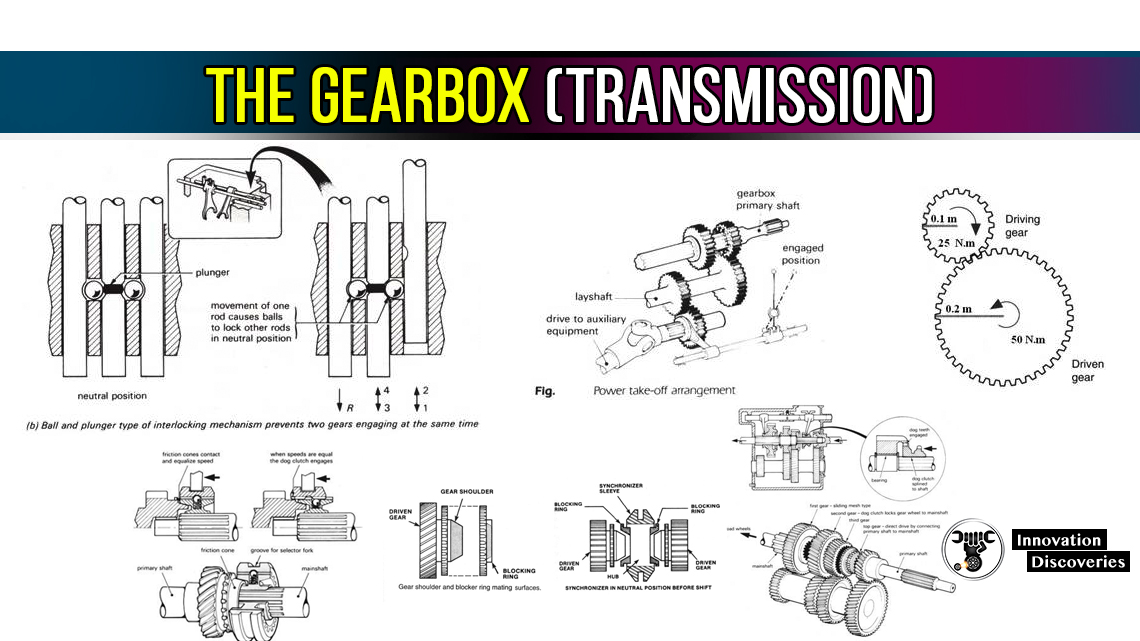
Visit Forum
Visit Our Friendly Website



